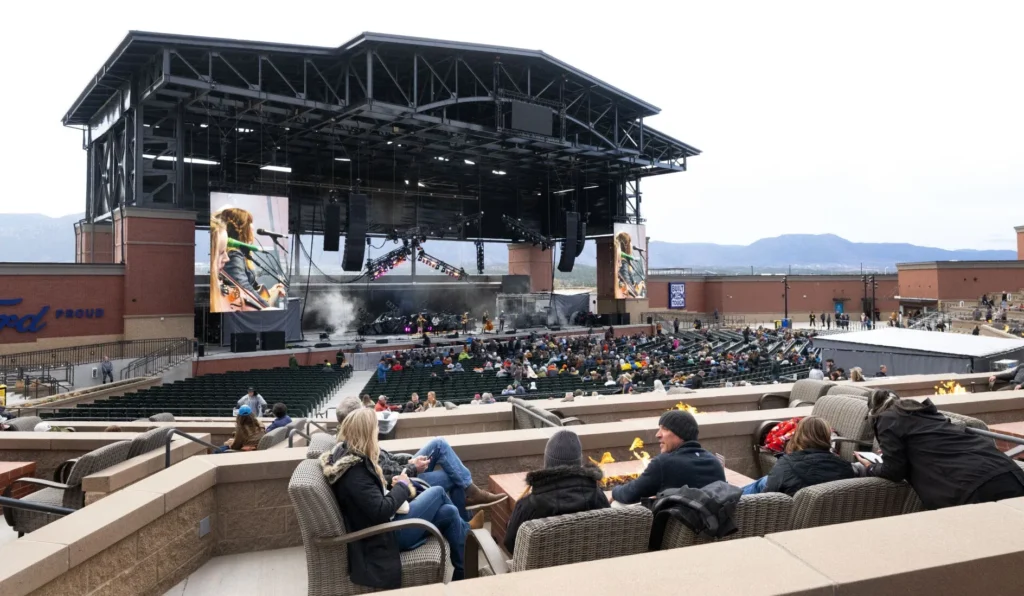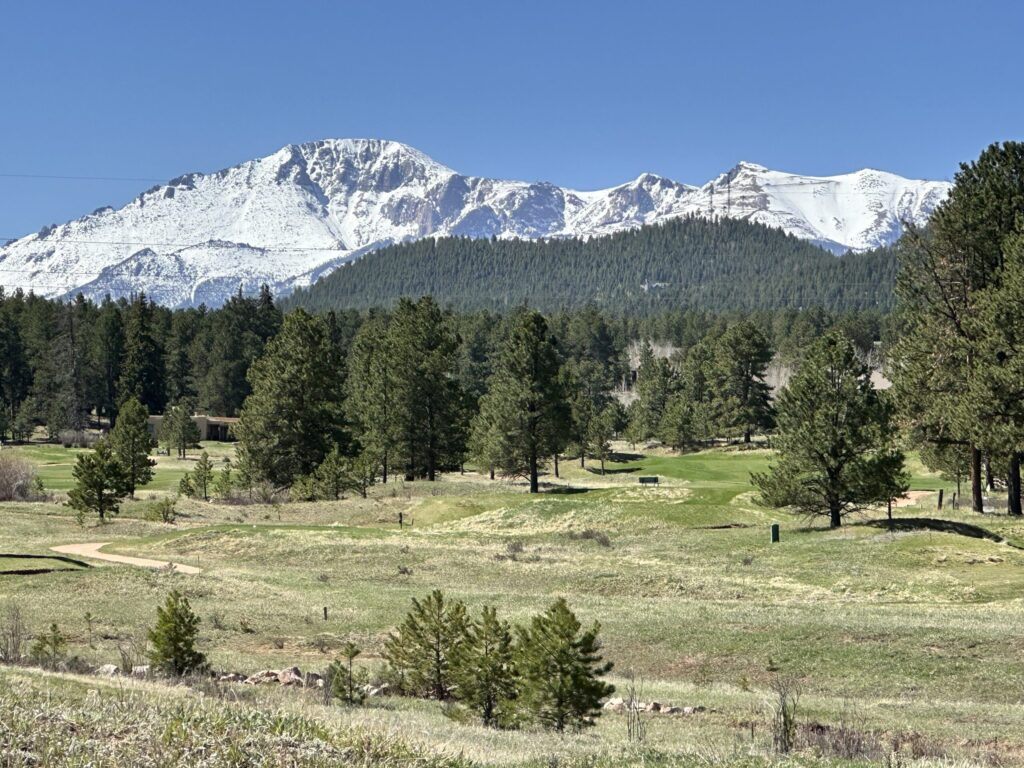Planning commission review would allow one accessory dwelling unit per lot in Colorado Springs
The Colorado Springs Planning Commission rolled back two aspects of the proposed city code that would widely allow accessory dwelling units to be built across the city.
After around five hours of discussion Wednesday, the Planning Commission recommended that the city allow at most one unit to be built on each lot. City staff had originally suggested allowing up to two units per lot.
Accessory dwelling units are secondary housing options that can be built onto homes as an attached or as detached properties on the same lot.
The height of detached ADUs would be capped at either 25 feet or 28 feet, keeping in place the current city rules that base the maximum height on the pitch and design of the roof. Attached units would have to stay within the maximum height of the zoning district.
The ADUs would be able to be as large as the primary home in the current recommendation. Smaller homes were given greater flexibility by the commissioners, allowing for an ADU of up to 1,500 square feet for any home that is smaller than 1,500 square feet.
Colorado Springs starts expanding rules to allow more accessory dwelling units
Commissioners talked through many variations of how to regulate the sizes and total impacts of the new units. They agreed that the goal was to limit developers from replacing single-family homes with a set of attached units that would essentially function as a duplex or triplex.
“The upside of the current code is that it doesn’t support that scrape and triplex mode, so my recommendation is to keep what’s in code today,” Commissioner Marty Rickett said, in favor of a more restrictive size limit.
A state law passed earlier this year requires many Colorado cities to widely allow ADUs to be built in single-family housing areas. Cities can enact reasonable restrictions on the size and design, as long as they are not being restricted beyond what is required for a single-family home. The approval process for ADUs cannot depend on a vote by the Planning Commission or other bodies.
The Planning Commission kept in place the majority of other changes recommended by city staff. Under the current proposal, ADUs would be banned from being used as short-term rentals. Building and planning staff would review whether new units matched the appearance and style of the existing home but wouldn’t have strict design standards in place.
Think twice before allowing two accessory dwelling units behind every single-family home | Bob Loevy
Colorado Springs has allowed ADUs to be built in limited circumstances since 2020. Planning manager Daniel Sexton said that 55 ADUs have been permitted in the city over the last four years.
Colorado Springs Utilities told the commissioners that in most instances, a single ADU unit can be added without having a significant impact on the utility access. If any lot did add two ADUs, Utilities said it would bill it as a commercial property and charge much higher utility rates than residential properties.
The expansion for the accessory units has sparked controversy and opposition from many homeowner associations and longtime residents of Colorado Springs. More than a dozen individuals and group members spoke at the Planning Commission meeting to ask for even stricter limits on the new units.
The biggest concerns centered on the impacts that came with adding a denser population to neighborhoods. Residents raised the potential problems for street parking, neighborhood appearances and wildfire evacuations. Several residents said the city had no reason to go beyond the minimum changes required by the new state law.
“Treat this like a haircut. We don’t cut off any more than we have to,” resident Larry Syslo said. “If we want to add to this, we can certainly do it later, but right now there’s no reason to jump the gun.”
The Pikes Peak Housing Network and the Colorado Springs Chamber of Commerce spoke in favor of ADUs as another way to provide housing options for employees and workers.
Jill Gaebler, executive director for the Pikes Peak Housing Network, said that claims about the new rules tripling density and destroying neighborhoods were exaggerations. Gaebler said that in cities that already allowed ADUs, less than 3% of homes ever chose to build one.
The city held a public meeting in November to answer some questions about the proposed changes and has been operating an online survey to gather more details. The survey is continuing until Dec. 20, but staff presented the Planning Commission with partial results based on the 181 responses that have come in so far.
A majority of responses in the survey opposed allowing detached units to be built in front of existing homes, even if the lot had enough space to allow it.
A strong majority of survey responses wanted a much lower size limit for ADUs. Sixty-one percent of responses in the survey supported keeping the current size limit in city code, where the units cannot be more than half the size of the main home. An additional 13% of responses wanted to keep the units smaller than the size of the main house.
Sexton said the cost of building and supplying utilities to detached ADUs meant that larger units tended to be more affordable and more likely to get built.
“When you set a cap at 50%, you lose the vast majority of people that are even interested in building an ADU,” Sexton said.
The new rules for units had been proposed at the beginning of November. The updates recommended by the Planning Commission will be brought to the Colorado Springs City Council in January and could be approved as soon as the Feb. 11 council meeting.
Sexton said that the project was on a fast track for multiple reasons. The city needed to have rules in place by the beginning of July to comply with the state law. Sexton said he had felt a sentiment from many City Council members that they wanted to “avoid a messy debate and conversation about the ordinance heading into the election cycle next spring.”











